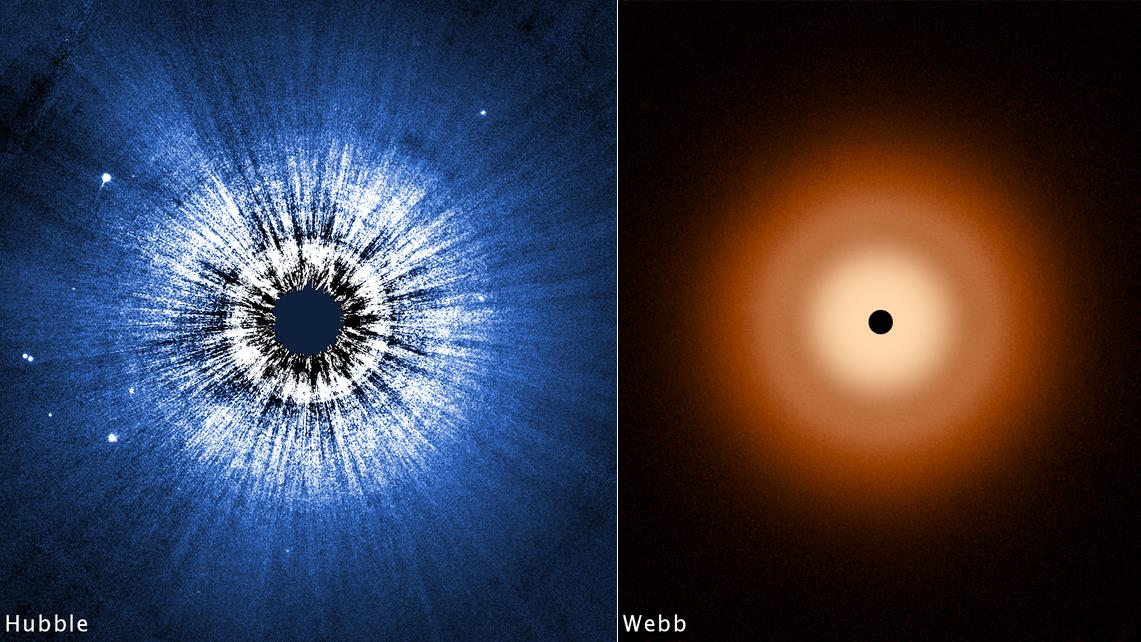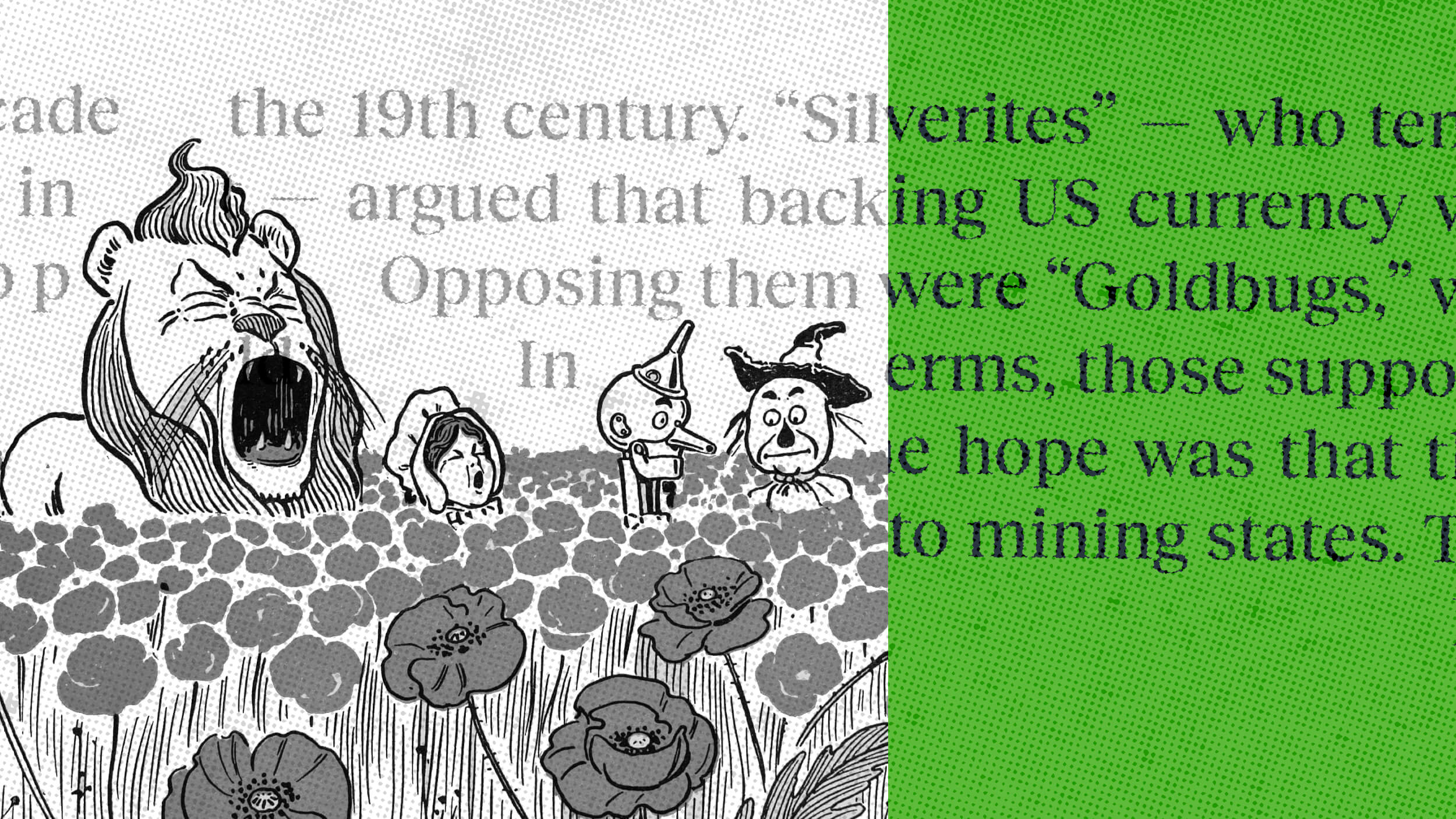Renowned translator David Bellos discusses the short history — and future — of machine translation.
David Bellos: Machine translation has a relatively short history. It’s only been going for 50 years or so and it has entered really quite a new phase in the last 10, 15 years....I think it’s an absolute miracle that linguists and computer engineers and other very clever people can now make and have for some time been able to make machines simulate human speech with these automatic answering things on the telephone. I think it’s a miracle that they have been able to make machines decode human speech and produce written transcript of it automatically. These incidentally are two key features that are used and will always be used in machines that simulate speech translation. There are some devices on the market already that do that and of course the way they do it is by effectively transcribing the speech in the source language into text and putting that text through a translation device, taking the text in the target language and then sounding it out just like your telephone answering device does.
So it’s not actually speech to speech. It’s really tertiary speech. It’s speech as the product of a program that takes text as input and that text is translated from something that has transformed speech into text in the first place. Okay, so it’s a structure like that.
But the real thing is this. There is science and then there is engineering. Translation machines both written and spoken, but the spoken is a purely derivative thing from the written, are extremely clever and give us a lot reasons for thought about what language is and how we may understand language better, but the way they work bears little resemblance, in fact, no resemblance at all to the way human beings both speak, use language and translate between languages and that’s fine. That’s what engineering if for. I mean the way airplanes fly resembles not at all the way birds fly. It doesn’t have to. What you want is the flight, but for that reason my personal view is that machine translation always requires the existence of human translators to feed of and that is how it works. It uses existing translations done by humans and computes the most probable match from the vast amount of paired texts that exist on the web.
Secondly, machine translation both of speech and of text will expand people’s general expectation of the availability of communication between languages and far from putting translators out of a job it will support the extension of translation as a major professional and a central part of global civilization. So the other question is what are the technical blocks in the way of improving the quality of machine translation? That I think you really have to ask a computer scientist because they are very technical and I'm not part of the team trying to solve such things, but the overall picture is this. The more machine translation there is the more translation will happen, the more people will expect to be able to communicate with other folk and the more they will realize that although machines can clear the ground the actual translation has to be done by somebody because language is human behavior. It’s machine simulated, but they’re not doing anything like what a human translator is doing.





